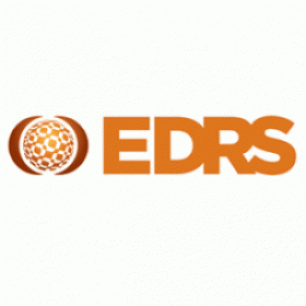The Australian Drug Trends in Ecstasy and Related Drug Markets 2017 report presents the findings from the fifteenth year in which data have been collected in all states and territories in Australia on the markets for ecstasy and related drugs (ERD). The Ecstasy and Related Drugs Reporting System (EDRS) is the most comprehensive and detailed study of ecstasy and related drugs (ERD) markets in Australia.
Using a similar methodology to the Illicit Drug Reporting System (IDRS; Karlsson and Burns, 2018), the EDRS monitors the price, purity and availability of ‘ecstasy’ (3,4-methylendioxymethamphetamine; MDMA) and other drugs such as methamphetamine, cocaine, gamma-hydroxybutyrate (GHB), dlysergic acid (LSD), 3,4-methylendioxyamphetamine (MDA) and ketamine. It also examines trends in the use and harms of these drugs. It does this by conducting annual surveys with people who use stimulants (primarily ecstasy) regularly1. The EDRS is designed to be sensitive to emerging trends, providing data in a timely manner, rather than describing issues in extensive detail.
It is important to note that the results from the EDRS surveys are not representative of consumers and drug use in the general population, but this is not the aim of these data. These data are intended to provide evidence that is indicative of emerging issues that warrant further monitoring. The EDRS sample is a sentinel group that provides information on patterns of drug use and market trends.
The findings from each year not only provide a snapshot of the ERD market in Australia, but also help provide an evidence base for policy decisions, inform harm reduction messages, and provide directions for further investigation when issues of concern are detected. Continued monitoring of the ERD markets in Australia adds to our understanding of the use of these drugs; the price, purity and availability of these drugs; and how these may impact on each other; and the associated harms which may stem from the use of these drugs.
Drug trends in this publication are cited by jurisdiction, although they primarily represent trends in the capital city of each jurisdiction, where new drug trends are likely to emerge. Patterns of drug use may vary among other consumer groups in the capital cities and in regional areas.


